Japan #5 – Hiroshima – December 2014
At 8:15 AM, August 6, 1945, an American B-29 bomber carried out the World’s first atomic bombing. The bomb was about 3 m, (9.8 ft.), long and weighed about 4 tons. It was called “Thin Man” at first because of its long thin design. When the actual bomb turned out to be shorter than expected, the name was changed to “Little Boy”.
“Little Boy” that changed the World
The bomb exploded approximately 600 m, (2,000 ft), above and 160 m, (525 ft), southeast of the Hiroshima Prefectural Industrial Promotion Hall, ripping through and igniting the building, instantly killing everyone in it.
Because the blast struck from almost directly above, some of the center walls remained standing. Even the building’s iron frame could be recognized as a dome. After the war these dramatic remains came to be known as the A-Bomb Dome.
The bomb was delivered by a total of three B-29 bombers. One carried devices for scientific observation, another carried photographic equipment, and the third called Enola Gay, named after Col. Paul Tibbits’ (the pilot) mother, actually carried the bomb.
On the streets of Hiroshima it was just another Monday. It dawned clear and sunny. The yellow air raid alarm was cleared and the hot summer’s day began as usual.
A Fireball blazed like a small Sun
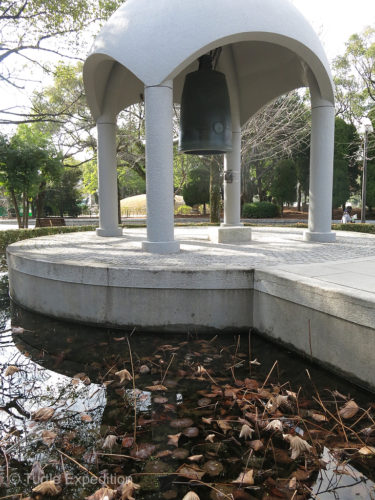
Strolling through Hiroshima’s Memorial Park on this cold wintry day we came upon this Peace Bell which is rung by visitors as part of their wish for Peace.
The detonation of the “Little Boy” created a fireball that blazed like a small sun. More than 1,000,000°C, (1,800,032 F°), at its center, the fireball reached a maximum diameter of 280 m, (918 ft.), in two seconds. Surface temperatures near the hypocenter rose up to 4,000°C, (7,232F°). Fierce heat rays and radiation burst out in every direction, expanding the air around the fireball and creating a super high-pressure blast. These factors interacted in complex ways to inflict tremendous damage.
Although the casualties are not precisely known, approximately 140,000 people are believed to have died by the end of 1945. Among them were many school children and South Korean prisoners of war, mobilized to demolish buildings near the city center for fire lanes. Buildings within a 2 km, (1.5 mi), radius of the hypocenter crumbled and burnt to the ground. Death was often presumed from personal effects left behind. Many bodies were never found or identified.
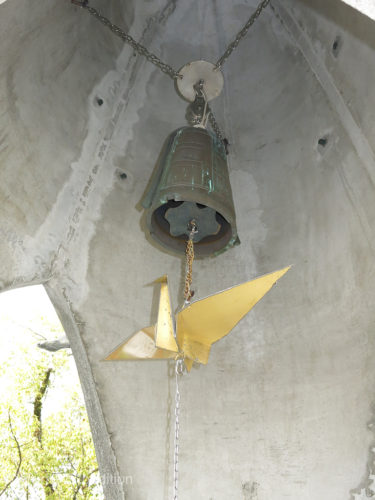
The pull-string of the bell in the Children’s Peace Monument reminds us of Sadako Sasaki’s story who folded 1,000 Origami cranes in hopes to have her wish fulfilled.
People close to the hypocenter said the atomic explosion looked yellowish red. Those further away reported a bright bluish white light resembling burning magnesium. The intense thermal rays from the fireball caused burns within a radius of up to 3.5 km, (2mi). Those within 1.2 km, (1,312 yd.), of the hypocenter sustained severe injuries to their internal organs and most died within a few days.
As we walked past the shocking photos of the results of this horrific act of war, as an American, I could not help but feel sad, and I could only wonder how many American lives had been saved and the thousands of other soldiers and civilians who would have perished had the war not been stopped in its tracks. And then again, remembering what the Japanese did at Pearl Harbor, I could not repress the smugness of thinking, “Well, did we get your attention?”
“Fat Man” drops on Nagasaki
In fact, the devastation brought to Hiroshima had not been sufficient to convince the Japanese War Council to accept the Potsdam Conference’s demand for unconditional surrender. On August 9 at 1:56 a.m., a specially adapted B-29 bomber, called “Bock’s Car,” after its commander, Frederick Bock, took off from Tinian Island under the command of Major Charles W. Sweeney. Nagasaki was a shipbuilding center, the very industry intended for destruction. The bomb was dropped at 11:02 a.m., 503 m, (1,650 ft.), above the city. The explosion unleashed the equivalent force of 22,000 tons of TNT. The hills that surrounded the city did a better job of containing the destructive force, but the number killed is estimated at anywhere between 60,000 and 80,000 (exact figures are impossible, the blast having obliterated bodies and disintegrated records).
The Emperor of Japan gave his permission for unconditional surrender.
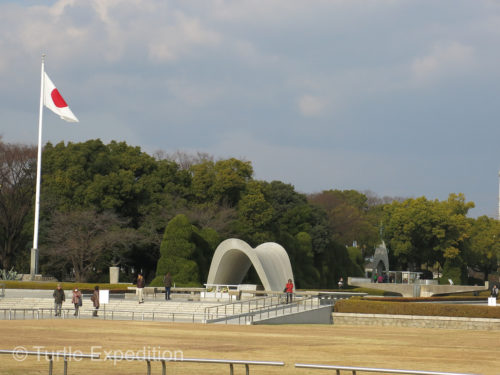
One of the monuments in the center of the Peace Memorial Park reminds us, among other things, to transcend hatred, pursue harmony and yearn for lasting World Peace.
Even though the Japanese War Council still remained divided, Emperor Hirohito, by request of two War Council members eager to end the war, met with the Council and declared, “continuing the war can only result in the annihilation of the Japanese people…” The Emperor of Japan gave his permission for unconditional surrender.
Hiroshima, the City of Peace
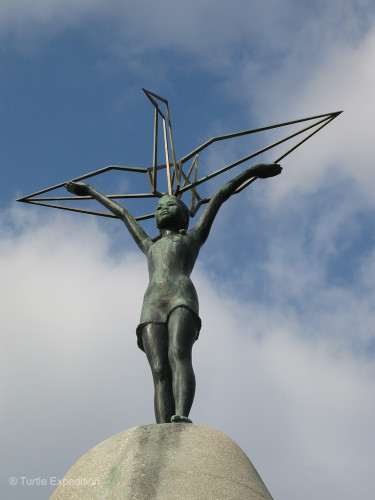
The Children’s Peace Monument is dedicated to Sadako Sadaki and thousands of other child victims of the A-bombing in Hiroshima.
The beautiful Memorial Monument for Hiroshima, City of Peace, erected on August 6, 1952, embodies the hope that Hiroshima, will stand forever as a City of Peace. The stone chamber in the center contains the register of Deceased A-bomb Victims. The inscription on the front panel offers a prayer for the peaceful repose of the victims and a pledge on behalf of all humanity never to repeat the evil of war. It expresses the spirit of Hiroshima – enduring grief, transcending hatred, pursuing harmony and prosperity for all, and yearning to genuine, lasting world peace.
- The “Little Boy” atomic bomb was about 3 m, (9.8 ft.), long and weighed about 4 tons. It exploded with the energy of approximately 30,000,000 pounds (13,392 tons) of TNT.
- A frozen pocket watch marks the time of the World’s first atomic bombing. It belonged to Kengo Nikawa (then 59). He died shortly after the exposure.
- This model shows the city of Hiroshima and the red fire ball indicates the location where the A-bomb was dropped.
- An estimated 350,000 civilians and military personnel were directly exposed to the A-bomb explosion on August 6, 1945.
- These included tens of thousands of Korean workers and their families who, due to labor shortage, were brought by force to Japan to work in military factories. Others were students from China and Southeast Asia, and American prisoners of war.
- The Hiroshima Prefectural Industrial Promotion Hall was one of only a few buildings still standing in the center of Hiroshima.
- The building’s iron frame could be recognized as a dome. After the war these dramatic remains came to be known as the A-Bomb Dome.
- The city decided to let it stand as a reminder.
- The Hiroshima Peace Museum (behind the Peace Pond in this photo) is located in Hiroshima Peace Memorial Park. Japan dedicated it to document the atomic bombing with the additional aim of promoting of World Peace.
- Black & white photos of burnt bodies showed the effect of the fireball that reached a maximum diameter of 280 m, (918 ft.), in two seconds.
- These horrific displays of children showed the horror of the atomic blast. Burnt and blistered skin hung from their arms. The look of fear and disbelief on their faces was alarming.
- 1,500 m (4,921 ft.) from the hypocenter: Shinichi Tetsutani (3) loved to ride this tricycle. That morning, he was riding in front of his house when, in a sudden flash, he and his tricycle were badly burned. He died that night. His father felt he was too young to be buried in a lonely grave away from home, and thinking he could still play with the tricycle, he buried Shinichi with the tricycle and a soldier’s helmet in the backyard. In the summer of 1985, forty years later, his father dug up Shinichi’s remains and transferred them to the family grave. This tricycle and helmet, after sleeping for 40 years in the backyard with Shinichi, were donated to the Peace Memorial Museum.
- 1,000 m (3,280 ft.) from the hypocenter: Glass jars from an ink factory and porcelain bowls from a home were melted and fused by the intense blast of heat. All the residents died instantly or shortly after.
- This Peace Bell symbolizes the wish of Hiroshima to create a world of a true peaceful coexistence without any nuclear weapons or wars. It was built as a symbol for this spiritual and cultural movement.
- The Bell of Peace was dedicated by Hiroshima Higan-No-Kai. Everyone is encouraged to ring it with a wish for Peace.
- This monument expresses the spirit of Hiroshima—enduring grief, transcending hatred, pursuing harmony and prosperity for all, and yearning for genuine lasting World Peace.
- Sadako Sasaki was exposed to the A-bomb at the age of two apparently without injury but she developed Leukemia 10 years later. Over the generations, her story has touched the hearts of children around the world. She is part of Hiroshima’s history.
- Origami cranes were sent to the Hiroshima Red Cross Hospital to cheer up the A-bomb patients. When Sadako Sasaki saw the beautiful cranes, she decided to fold her own. She had heard that folding a thousand paper cranes would make a wish come true so she determined to fold that number herself. Even after she reached her goal she continued to fold them, each one invested with the wish to get well.
- Sadako Sasaki’s story still travels the world. To this day, thousands of children send Origami cranes to the Children’s Peace Monument every year. It continues to be a symbol of hope for peace.
- Despite the horrible acts of war Japan has inflicted on Americans and the equally unimaginable death and destruction of the atomic bombs, we felt no animosity from any one, only kindness and the desire for lasting peace.



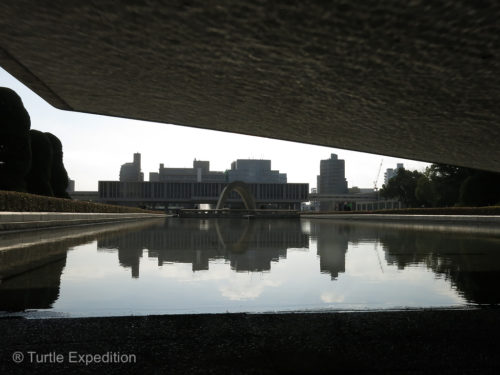
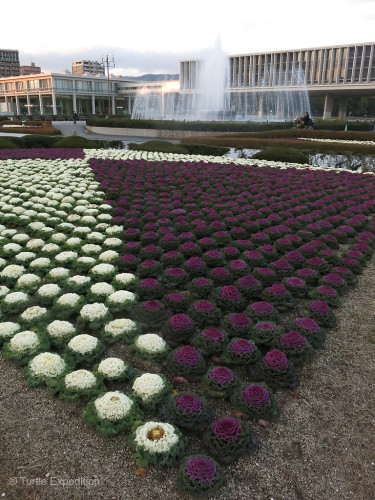
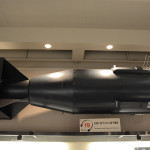
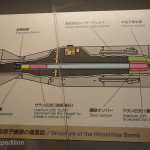
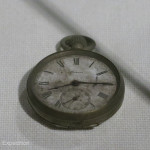
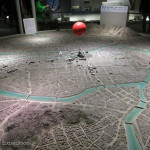
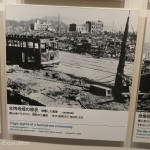
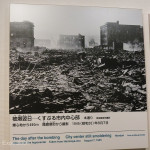
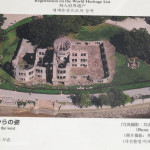
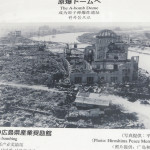
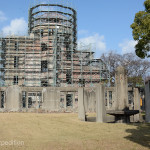
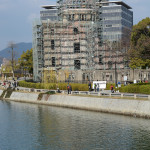
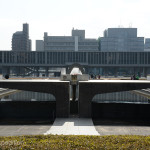
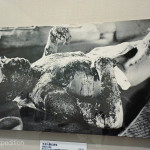
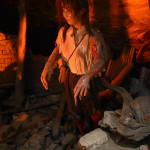
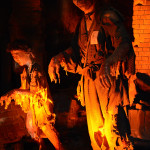
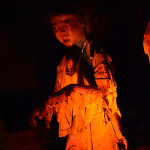
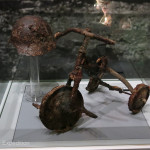
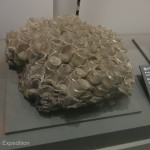
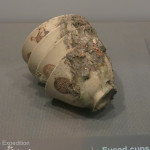
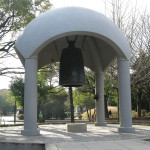
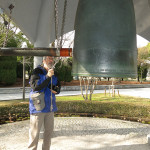
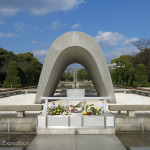
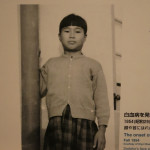
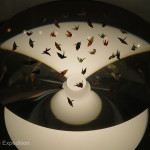
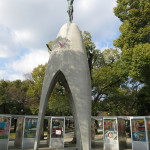






Leave a Comment